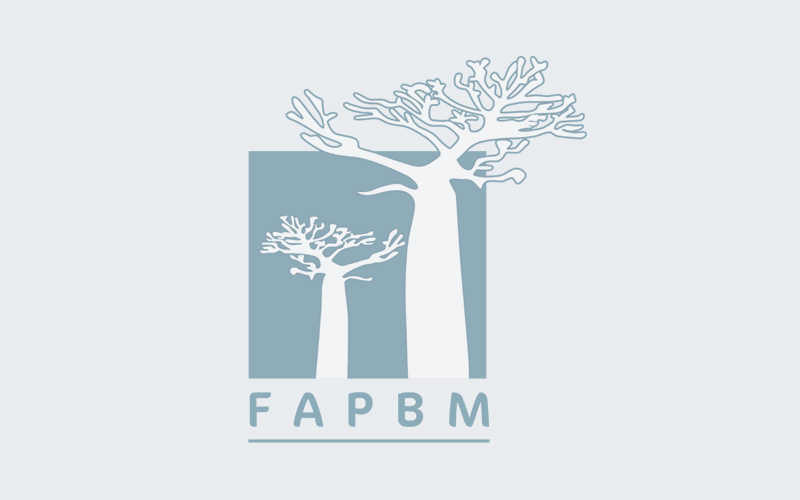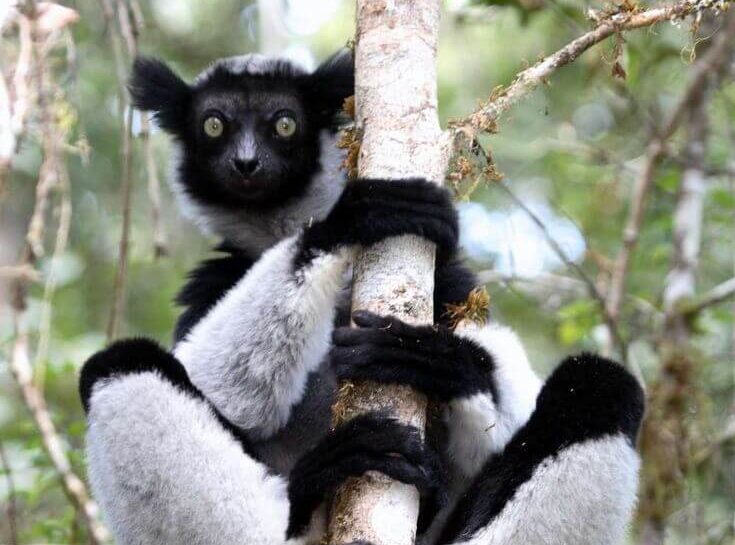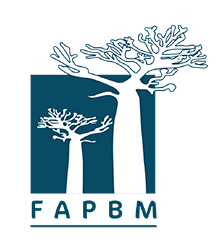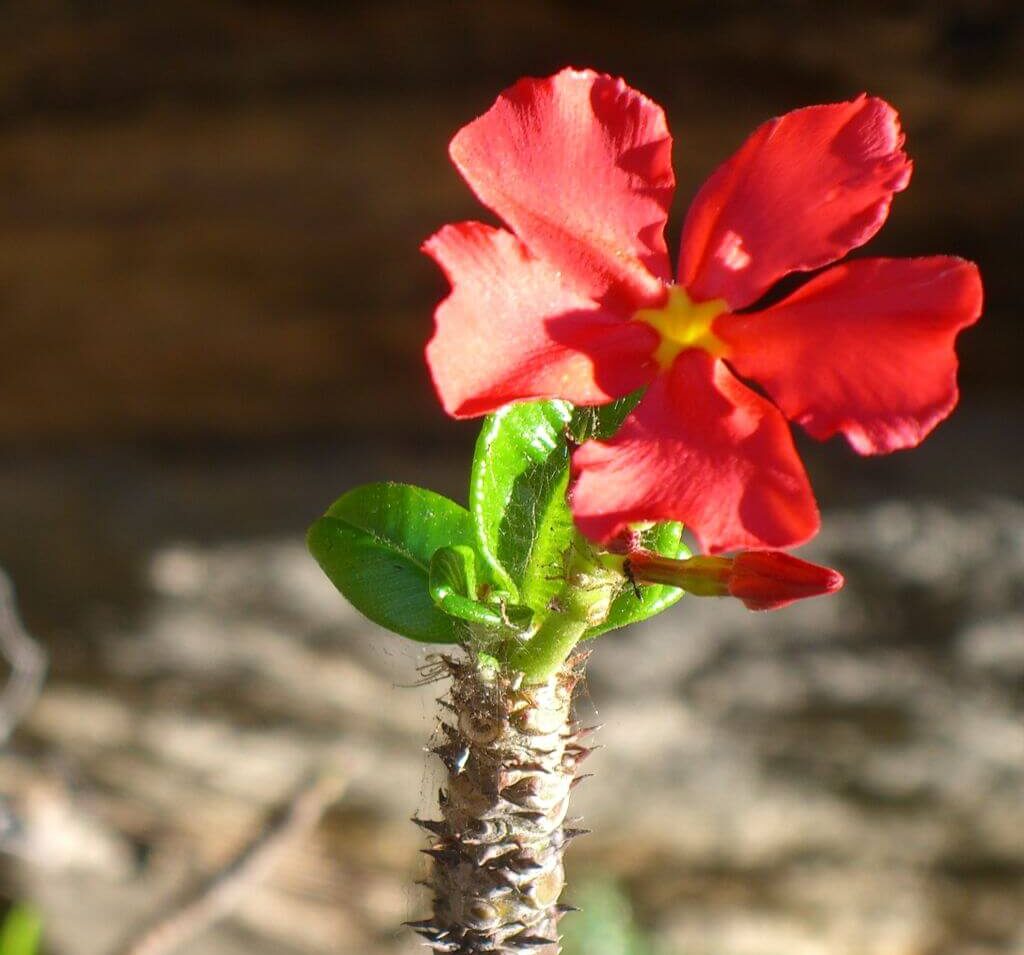Flagship Species
The park mainly houses a mid-altitude dense humid forest. Despite its small size, it has a high biological diversity for both fauna and flora.

The park mainly houses a mid-altitude dense humid forest. Despite its small size, it has a high biological diversity for both fauna and flora.


12 species
3 critically endangered (e.g. Indri indri), 2 endangered (e.g. Aye-aye), and 6 vulnerable species.

135 species
6 endangered (e.g. Madagascar grebe) and 8 vulnerable species (e.g. Madagascar red owl, Madagascar rail)




59 species
1 locally endemic, 1 critically endangered, 2 endangered, and 2 vulnerable species.




64 species
2 locally endemic, 1 of which is endangered, 4 others endangered, and 2 vulnerable.


1125 species
843 endemic to Madagascar, of which 3 are critically endangered, 3 are endangered, and 5 are vulnerable and 13 locally endemic, of which 3 are critically endangered.


Mid-altitude evergreen dense humid forest, secondary forest


Deforestation for shifting cultivation and land grabbing, fires, illegal logging, collection of non-timber forest products.


It is a source of revenue and represents an employment opportunity for local communities (private operators, local communities) through ecotourism.



Like all the protected areas managed by MNP, the management of the Analamazaotra National Park is based on collaborative co-management with the participation of members of local communities in conservation and development activities. They are organized into CLPs (Local Park Committee) and COSAPs (Protected Areas Orientation and Support Committee).



The support of FAPBM to the Analamazaotra National Park began in 2023. For the protected areas managed by MNP, FAPBM ensures the security of payroll expenses and some operating costs.